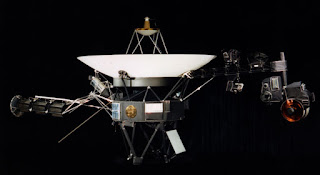PhD in IAGA #6
IAGA has a lot of different scientists working on various topics. In this series of blogs, we introduce some topics that were or are being worked on by PhD students. Hopefully this will give a better picture of the work being done in the field and encourage more early career researchers.
Dr. Anita Devi completed her postgrad from the Department of Geophysics, Kurukshetra University, India after which she worked for two years as a Geophysicist in TVIPL. She did her Ph.D. from Indian Institute of Technology, Roorkee in 2019. For a brief period of 3 months, she also worked as a Post-Doctoral fellow (SERB-NPDF) at Wadia Institute of Himalayan Geology, India. During her doctoral research, she worked on various electrical and electromagnetic prospecting methods to deciphered resistivity structures. She is currently working as a Scientist at CSIR-NGRI, in magnetotelluric group.Her Ph.D. research was focused on 3D (3-Dimensional) individual and joint inversion of magnetotelluric (MT), Radio magnetotelluric and Electrical resistivity tomography (ERT) data. She presented the first 3D resistivity model for Garhwal Himalayan region around Roorkee-Gangotri and Chamoli region. She has worked on all the aspects of Magnetotelluric (acquisition, processing, 3D modelling and inversion). She is interested in delineating the 3D resistivity subsurface structures for exploration and tectonic studies. Her earlier work focuses on the geodynamic studies of Himalayan region. Currently she is working on 3D MT studies of both the Central Indian Tectonic Zone and the Himalaya region. She has published research papers in reputed national and international journals like Journal of Applied Geophysics and Near Surface Geophysics and participated in several International workshops (EMIW, IAGA-IASPEI).
 |
| Depth slices of the inverted 3D electrical model of Roorkee-Gangotri profile from Devi et al. 2019 with the letters marking the major resistivity features. |

















